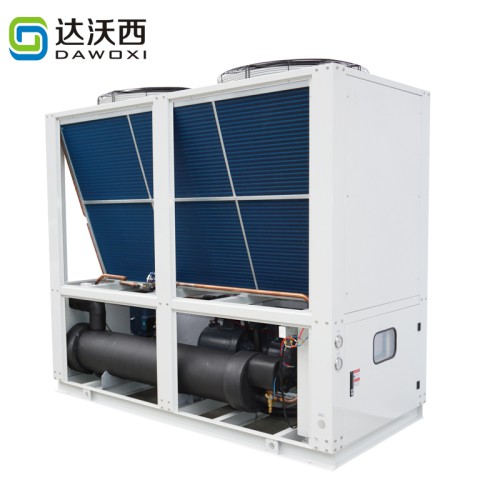- Product Detail
- Product Tags
The vacuum furnace system mostly adopts an open circulation system. The system consists of a circulating water pool, a cooling water circulation pump, an emergency cooling water tank, a plate heat exchanger, etc. The key point in the system is to set up a circulating water pool with a large effective volume. This pool is only used as a water pump suction pool when the system is operating normally. In emergency situations such as power outages, when the chiller or cooling tower stops running and cannot provide refrigerant for the vacuum furnace system, the cooling water circulation pump is equipped with emergency power to continue working, and the water in the pipe network and the pool continues to circulate. Because the specific heat of water is greater than the specific heat of silicon, the water in the circulating water pool is used to absorb the heat of the high-temperature silicon in the ingot furnace, thereby lowering the temperature of the ingot furnace and ensuring that the furnace body will not be damaged or even exploded during a power outage. The water storage capacity of the circulating water pool is determined based on the fact that when the silicon materials in all furnaces in the system are cooled to a safe temperature, the temperature of the water in the pool will not rise to a level that the cooling water system pipe network and equipment cannot tolerate. The cooling water system must be equipped with an emergency power supply for the vacuum furnace circulating water pump. This emergency power supply generally uses a diesel generator. In order to ensure that cooling water still flows through the furnace body before the diesel generator is started, a high-level emergency cooling water tank is generally installed in the vacuum furnace system. When the system is powered off, the water in this water tank relies on gravity to flow through the furnace body to cool the furnace body.
